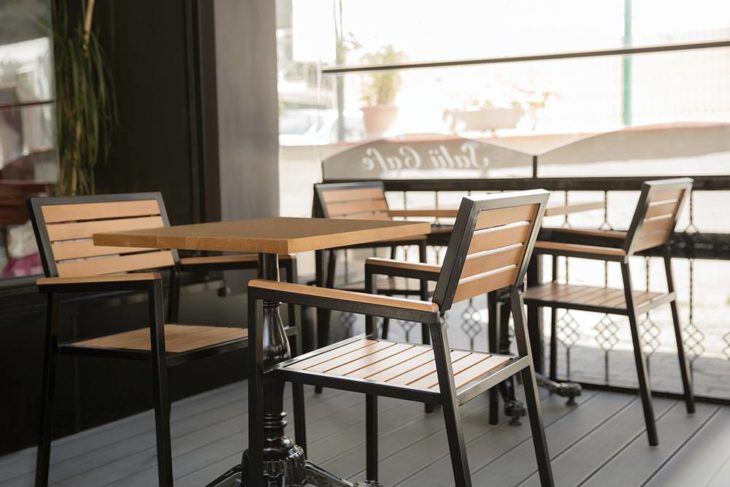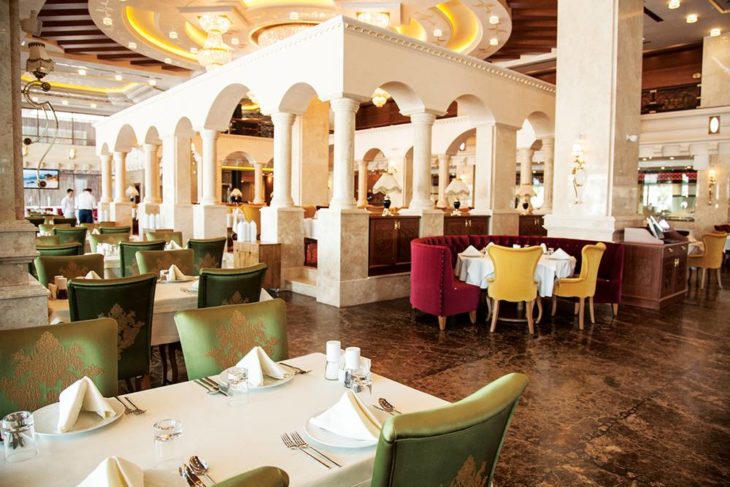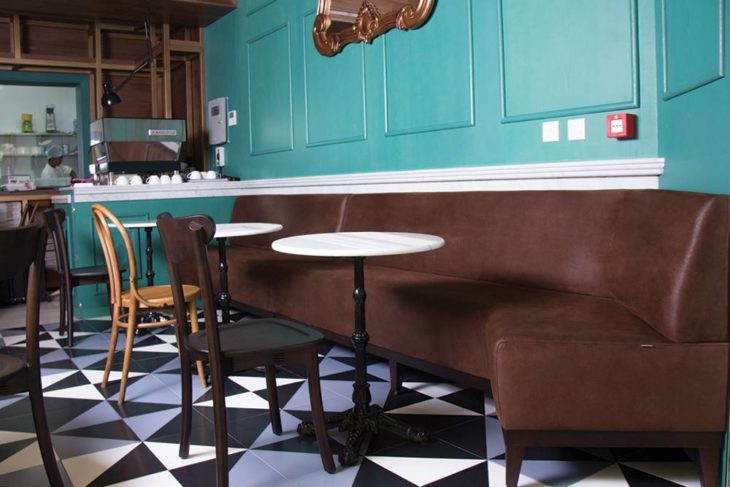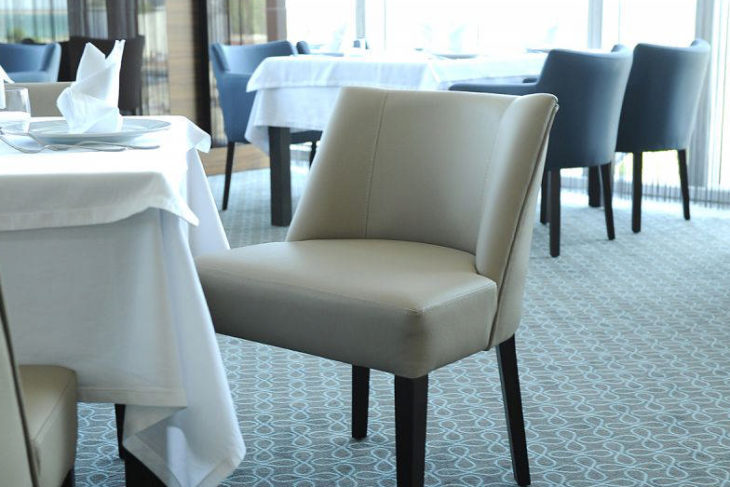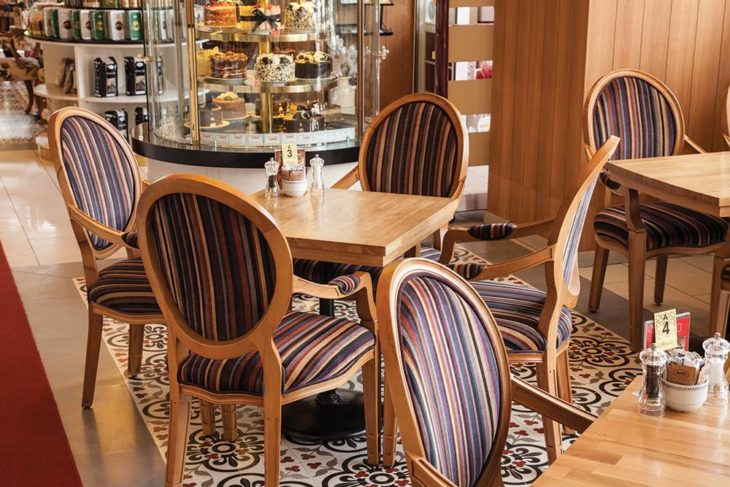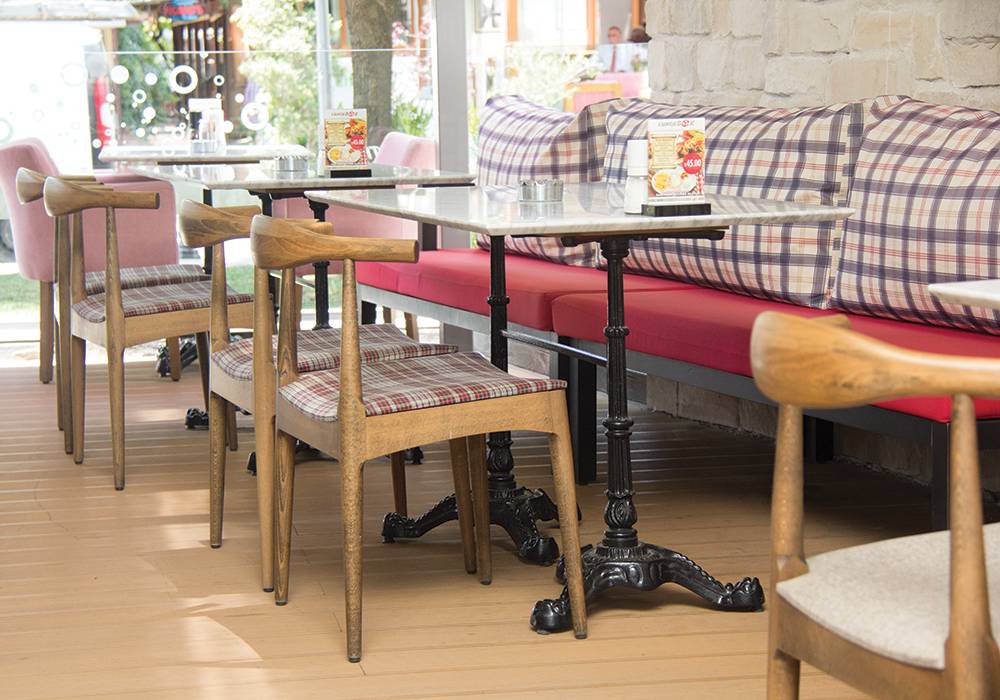
Shipping containers, also known as intermodal containers, are large metal boxes made to house goods as they are transported by land or by water. They commonly come in lengths of 20 feet or 40 feet but there are containers as short as 8 feet or as long as 56. A typical container measures 8 feet in width and 8 feet to 9.5 feet in height. They are usually made of corrugated weathering steel and have doors at one end. Shipping containers have helped to advance commerce's globalization by making it possible to transport goods over long distances and different transport modes without unloading and reloading.
Because of their durability, intermodal containers lend themselves easily to reuse, and not necessarily for shipping. Used shipping containers for sale are not uncommon. Some well-worn units are retired by shipping companies, and others put up for sale after a single use.
One common reason individuals or businesses buy such containers are for storage. Their large capacities and ability to withstand weight and the elements make them ideally suited to keeping furniture and other stored goods safe.
The modular structure and durability of shipping containers also makes them great housing material. A great number of inventive builders and architects have put them to use in residences ranging from single modified containers to larger homes made of several units to complexes consisting of small living spaces.
Because they can be stacked on top of each other, such containers have been used as the main building material in unusual but quite practical hotels. West London is home to the very first shipping container hotel, made in 2008 from eighty-six modified containers, at a cost about 10 percent less than normal hotels and a speed of construction about 25 percent faster.
Besides being used to create places to live in, intermodal containers have featured in the construction of offices and retail spaces like stores and a huge mall in the Ukraine, not to mention a museum which is regularly taken apart to travel around the world.
In Japan and Rotterdam, large modern sculptures are made out of shipping containers, and in London containers stacked three stories high form a cheerful, modern children's center where kids go to play.
In a variety of ways, shipping containers don't outlive their usefulness once they are done transporting cargo. Whether as humble storage, cozy living space or spectacular art, they can be given a new lease on life.
If you are interested in shipping or intermodal containers, you may check out http://containersfirst.com .
